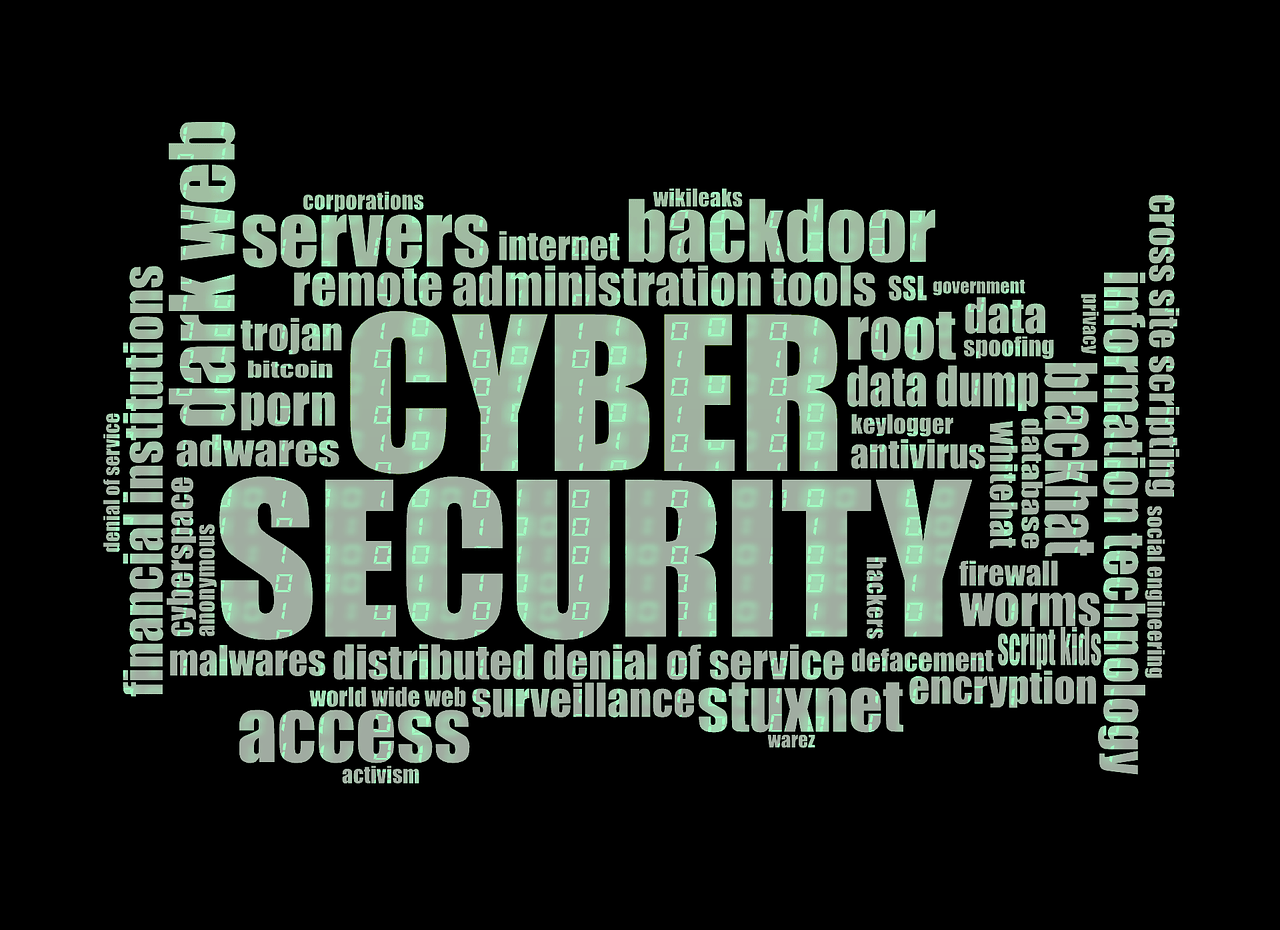Introduction:
In an era dominated by digital connectivity, internet security has become paramount. As individuals and organizations navigate the vast virtual landscape, understanding the workings of internet security is crucial for protecting sensitive information, maintaining privacy, and safeguarding against cyber threats. This article delves into the fundamental principles and strategies behind the effective functioning of internet security.
1. Encryption: The Guardian of Data Privacy:
Encryption serves as the backbone of internet security, ensuring that sensitive data remains confidential during transmission. This process involves converting plain text into a coded format that can only be deciphered by authorized entities, preventing unauthorized access or interception.
2. Secure Sockets Layer (SSL) and Transport Layer Security (TLS):
SSL and its successor, TLS, are cryptographic protocols that establish secure communication channels between web browsers and servers. These protocols encrypt data during transmission, safeguarding it against interception or manipulation by malicious actors. Websites that utilize HTTPS (Hypertext Transfer Protocol Secure) are employing SSL or TLS for secure connections.
3. Firewalls: The Digital Gatekeepers:
Firewalls act as virtual barriers between a private network and the vastness of the internet. These security mechanisms analyze incoming and outgoing network traffic, permitting or blocking data packets based on predefined security rules. Firewalls play a vital role in preventing unauthorized access and mitigating cyber threats.
4. Intrusion Detection Systems (IDS) and Intrusion Prevention Systems (IPS):
IDS and IPS are critical components of internet security that monitor network and system activities for suspicious behavior. IDS detects potential security breaches, while IPS takes proactive measures to block or mitigate identified threats. Together, they provide a layered defense against cyber attacks.
5. internet security : Virtual Private Networks (VPNs):
VPNs create secure and encrypted connections, allowing users to access the internet while maintaining privacy and anonymity. By masking IP addresses and encrypting data, VPNs protect against eavesdropping and surveillance, especially when using public Wi-Fi networks.
6. Multi-Factor Authentication (MFA):
MFA adds an extra layer of security by requiring users to provide multiple forms of identification before accessing accounts or systems. This could include passwords, biometrics, or one-time codes, reducing the risk of unauthorized access even if login credentials are compromised.
7. Regular Software Updates and Patch Management:
Cybersecurity is an ever-evolving field, and software vulnerabilities are continuously identified and addressed. Regular updates and patch management ensure that operating systems, applications, and security software are fortified against known vulnerabilities, reducing the risk of exploitation.
8. Phishing Awareness and Email Security:
Phishing attacks often target individuals through deceptive emails or messages. Internet security involves educating users about phishing threats, recognizing suspicious communications, and implementing email security measures to filter out malicious content.
9. Endpoint Security:
Protecting individual devices (endpoints) is a crucial aspect of internet security. Endpoint security solutions include antivirus software, anti-malware tools, and endpoint detection and response (EDR) systems, safeguarding devices from malicious software and unauthorized access.
10. Cybersecurity Training and Awareness:
The human element is a significant factor in internet security. Ongoing cybersecurity training and awareness programs empower users to recognize potential threats, adopt secure online behaviors, and contribute to an organization’s overall security posture.
11. Incident Response Plans:
Preparing for potential security incidents is as important as preventing them. Incident response plans outline the steps to be taken in the event of a security breach, ensuring a swift and organized response to minimize the impact and facilitate recovery.
Conclusion:
Internet security is a dynamic and multifaceted field that requires a comprehensive approach to protect against the evolving landscape of cyber threats. By understanding the fundamental principles of encryption, employing robust security measures, and fostering a culture of cybersecurity awareness, individuals and organizations can navigate the digital realm with confidence and resilience against potential threats.


 Watch
Watch
 CASUAL WEAR
CASUAL WEAR









